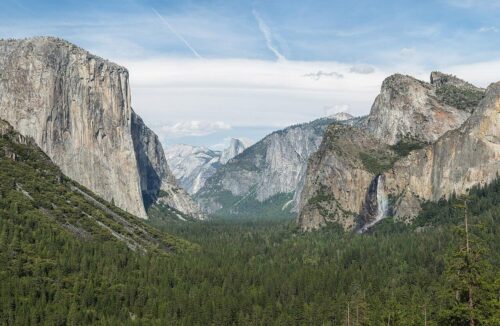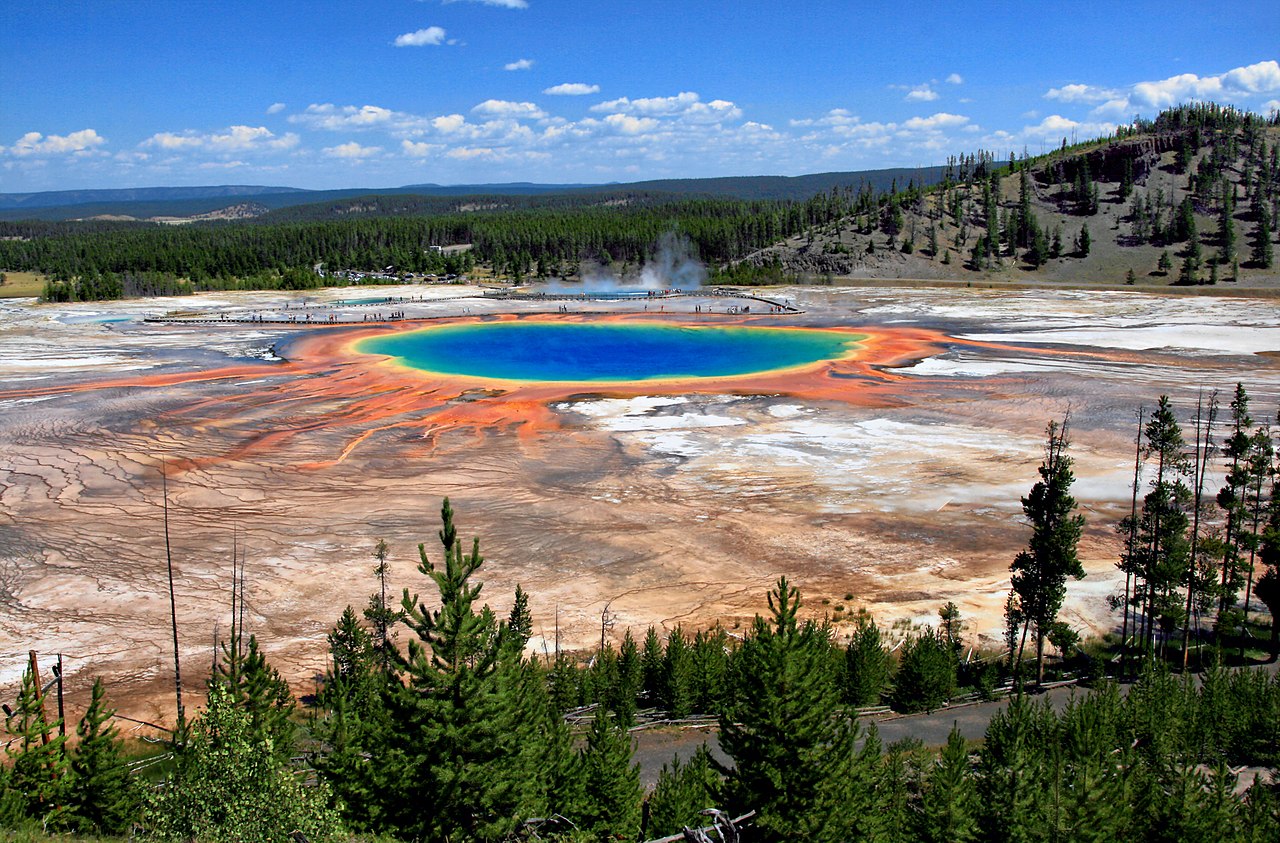Feature
For a moment, partisanship takes a backseat to conservation in the nation’s capital
The Great American Outdoors Act—the biggest land conservation legislation in decades—recently passed with huge bipartisan majorities in both chambers of Congress

July 28, 2020. As election season descends across the country and the political rhetoric emanating out of Washington only becomes more bitter, something rare happened last week on Capitol Hill—large bipartisan majorities passed one of the most far-reaching pieces of conservation legislation in a generation. The bill, known as the Great American Outdoors Act (GAOA) will pump billions of dollars into overdue repairs and maintenance of the country’s national parks and permanently fund a slew of other federal conservation programs. President Trump tweeted his support ahead of its passage before the House and is expected to sign the bill later this month.
The legislation contains two significant provisions according to Linda Bilmes, Daniel Patrick Moynihan Senior Lecturer in Public Policy at Harvard Kennedy School and the co-author of Valuing U.S. National Parks and Programs: America’s Best Investment. GAOA authorizes a new $9 billion fund to tackle decades of deferred maintenance at national parks, wildlife refuges, forests, and other federal lands and locks in $900 million in funding annually in perpetuity for the Land and Water Conservation Fund (LWCF), a flagship conservation program paid for by royalty payments from offshore oil and gas drilling in federal waters.
“This funding is needed badly,” says Bilmes. “The number of visitors to the national parks system has increased by 50 percent since 1980, but the parks’ budget has remained effectively flat. This imbalance has led to a $12 billion backlog of maintenance to repair roads, trails, campgrounds, monuments, fire safety, utilities, and visitor infrastructure—which will finally be addressed.” Bilmes, who served on the bipartisan National Parks Second Century Commission and on the U.S. Department of Interior National Parks Advisory Committee from 2011 to 2017, has argued that increased investments in the parks generate a strong economic return for surrounding communities. “Visitor spending in and around national parks contributed more than $40 billion to the U.S. economy last year and supported 340,500 jobs, many of which are now threatened.”
Just a few blocks down Brattle Street from Harvard Square, the effects of the National Park Service’s maintenance backlog is evident at the historic Longfellow National Historic Site, the stately colonial home that served as George Washington’s Massachusetts headquarters during the American Revolution. Park Service documents detail the cracks and rot in the historic building, which awaits additional funding from Congress for restoration. Support made available through the GAOA will help stabilize historic sites, such as Longfellow House, and national parks and other sites from Maine to California.

Perhaps one of the most surprising aspects of the legislation is that it passed Congress by overwhelming bipartisan majorities — and has been embraced by President Trump, whose administration has drawn the ire of environmentalists by undermining public land protections when it slashed the size of Bear Ears National Monument in Utah by 85 percent, reduced Grand Staircase Escalante National Monument by 50 percent and moved to open the Arctic National Wildlife Refuge and most of the U.S. coastline to oil and gas drilling. Bilmes chalks this support up to two factors: COVID-19 and election-year politics. “The national parks are intertwined with the economy of Western states,” according to Bilmes, who estimates that GAOA is expected to create over 100,000 new jobs and deliver a major economic stimulus to communities that are reeling under the strain of the pandemic. With COVID-19, the public “is now appreciating the outdoors as never before and calling on its elected representatives to provide adequate financial support,” Bilmes says.
Elected officials, especially those in Western states facing tough races this November, were more than happy to demonstrate their support for the parks and conservation funding by championing the cause of GAOA in Congress. President Trump, acknowledging the realities of election-year politics, dropped his opposition to permanently funding the LWCF and signaled his support for the legislation. “It is ironic that President Donald Trump will get to have his signature on a historic milestone that has eluded conservationists for decades,” says Bilmes, “but 2020 is a crazy year.”
